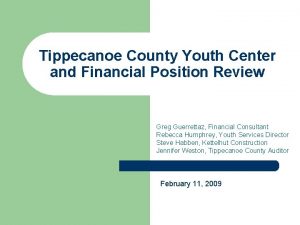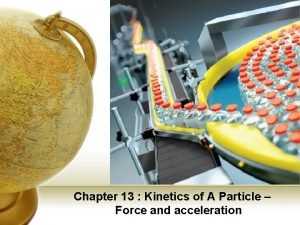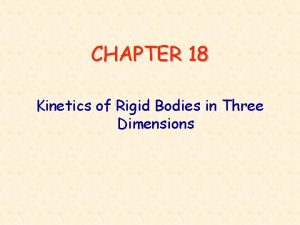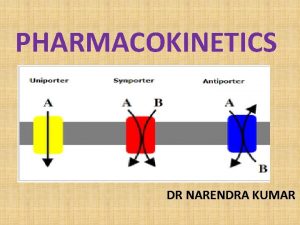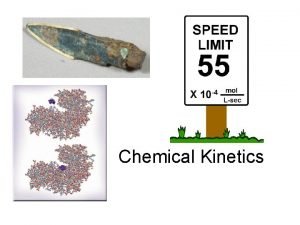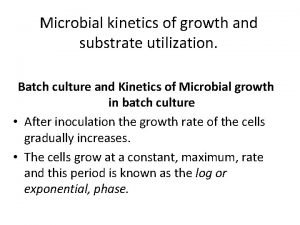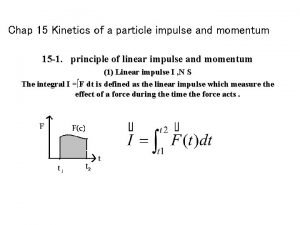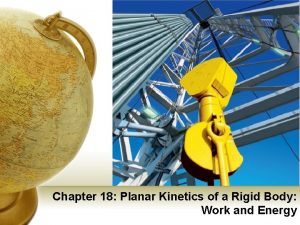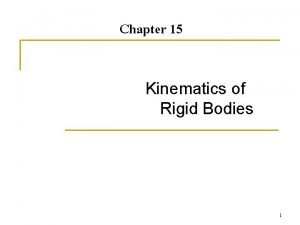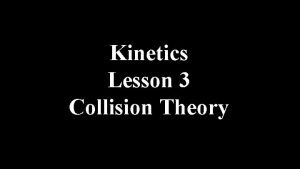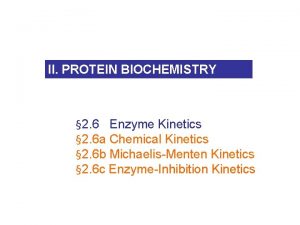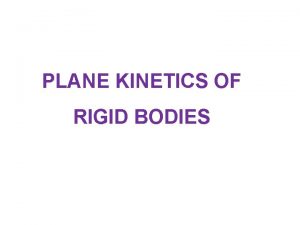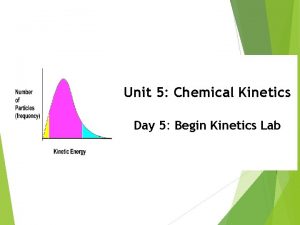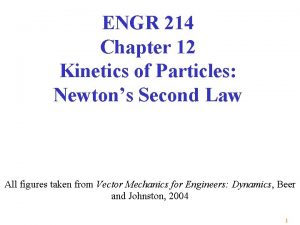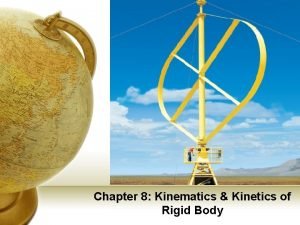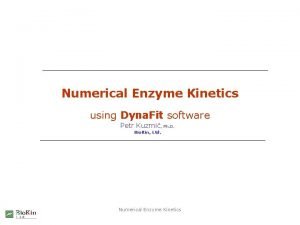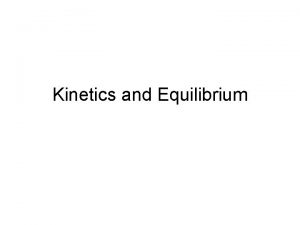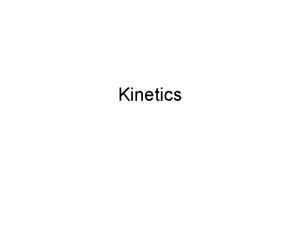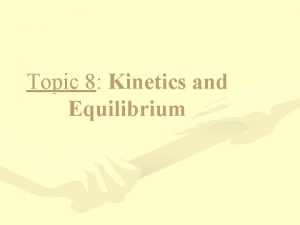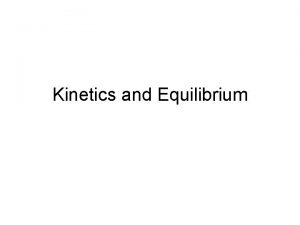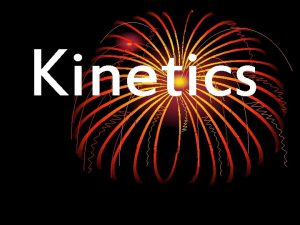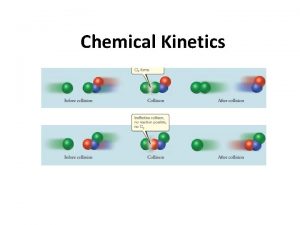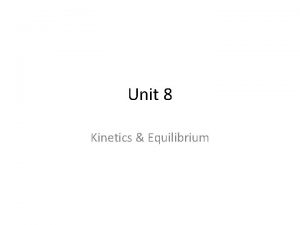Tippecanoe HS AP PHYSICS Ch 2 Kinetics 1
































- Slides: 32

Tippecanoe HS AP PHYSICS Ch 2 Kinetics (1 D Motion)

Variables needed to keep track of motion (kinetics)… • • • Distance: How far travelled? Displacement: How far from start to finish? Time Interval: How much time? (s) Speed: How fast? (m) Velocity

Displacement vs Distance • Distance (dotted line) covered is exactly how far the object travelled. • Displacement (solid line) is the change in position (straight line distance) of an object from it starting location to the ending location.

Displacement Continued

Speed • Speed is how far you have traveled over a period of time. • Rate of distance covered. • See board

Velocity is the rate of displacement • Definition of Velocity • Average Velocity (totals) • Instantaneous Velocity

Average Velocity (non constant) • The motion is nonconstant velocity • Green line is initial speed (tangent). • The average velocity is the slope of the blue line joining two points

Acceleration • Is the rate of change of velocity. • It is expressed in meters per second or m/s 2. • Definition Equation

Graphing motion • Displacement (position) vs Time • Velocity vs Time • Acceleration vs Time

Acceleration on a Displacement vs Time Graph

Both Uniform & Non-Uniform Acceleration

Uniform Acceleration (Equation 1) Restatement of the definition of acceleration.

Uniform Acceleration (Equation 1) (cont) • What is the acceleration? • Describe the motion.

Integral of Velocity vs Time • The integral (area under curve) of a velocity vs time graph is the displacement of the object.

Integral of Velocity vs Time (cont)

Integral of Velocity vs Time

Integral of Velocity vs Time

Integral of Velocity vs Time


Uniform Acceleration & Ave Vel

Uniform Acceleration & Ave Vel

Uniform Acceleration (Equation 2) We can now solve for displacement.

Uniform Acceleration (Equation 2) (cont)

Uniform Acceleration (Equation 3) • This equation is derived by substituting equation 1 (solved for time) into equation 2. • This allows us to solve all of the variables if we do not know time.

Possible Accelerations on an Inclined Plane • What is the acceleration if flat (horizontal)? • What is the acceleration if straight up (vertical)?

Galileo Galilei • 1564 - 1642 • Galileo formulated the laws that govern the motion of objects in free fall • Also looked at: – Inclined planes – Relative motion – Thermometers – Pendulum

Free Fall • All objects will accelerate toward the center of the earth. • The acceleration due to gravity at the surface of the earth is g. • The value of this acceleration is 9. 81 m/s 2 (in the absence of air).

Disp. vs Time for Free Fall

Velocity vs Time for Free Fall

Acceleration vs Time for Free Fall

Non-symmetrical Free Fall • Need to divide the motion into segments • Possibilities include – Upward and downward portions – The symmetrical portion back to the release point and then the nonsymmetrical portion

Combination Motions
 Tippecanoe county youth services
Tippecanoe county youth services Tippecanoe county road closures
Tippecanoe county road closures Kinetics of a particle: force and acceleration
Kinetics of a particle: force and acceleration Kinetics of rigid bodies
Kinetics of rigid bodies Fermenter
Fermenter Abbas et al
Abbas et al Metaboloism
Metaboloism Enzyme catalyze
Enzyme catalyze Kinetics half life
Kinetics half life Growth kinetics
Growth kinetics Kinetics of a particle: impulse and momentum
Kinetics of a particle: impulse and momentum Zero order kinetics
Zero order kinetics Kinetics ap chemistry
Kinetics ap chemistry Vampnets for deep learning of molecular kinetics
Vampnets for deep learning of molecular kinetics Planar kinetics of a rigid body work and energy
Planar kinetics of a rigid body work and energy Kinematics of rigid bodies problems and solutions
Kinematics of rigid bodies problems and solutions Collision theory of kinetics
Collision theory of kinetics Lineweaver-burk equation
Lineweaver-burk equation Chemical kinetics definition
Chemical kinetics definition Steady state kinetics
Steady state kinetics Dynafit kinetics
Dynafit kinetics Planar kinematics of a rigid body
Planar kinematics of a rigid body Kinetics of crystal violet fading
Kinetics of crystal violet fading Chemistry unit 4 grade 11
Chemistry unit 4 grade 11 Kinetics reaction
Kinetics reaction Data kinetics ltd
Data kinetics ltd Definition of chemical kinetics in chemistry
Definition of chemical kinetics in chemistry Kinetics of particles newton's second law
Kinetics of particles newton's second law Kinetics of rigid bodies
Kinetics of rigid bodies Kinetics is the branch of:
Kinetics is the branch of: Enzyme kinetics
Enzyme kinetics Difference between zero and first order kinetics
Difference between zero and first order kinetics Octet kinetics
Octet kinetics
